While we think all fruits are super, these five “superfruits” are packed with more healthy goodness than others. Even better, there are hardy versions of these healthful, colorful fruits that you can now grow in your home garden or in a container! Learn more.
What Are Superfruits?
Superfruits are low in calories and rich in antioxidants, fiber, minerals, and vitamins. Some superfruits you’ll already know, like the blueberry or blackberry. But this year, we would like to be adventurous and try five not-so-common fruits—some of which you can’t find easily in a grocery store.
Growing Goji Berries
Although they sound exotic and are often found in health food stores, goji berries (Lycium barbarum L.) are hardy in Zones 3 to 9 and easy to grow. A member of the nightshade family (thus, a cousin to the tomato), the berries grow on long vines in a sunny spot—or in a pot at least 18 inches in diameter.
They can be eaten fresh, juiced, or dried. Considered a “superfruit,” the berries are high in protein and antioxidants, including carotene and vitamins A and C. Learn more about growing goji berries.
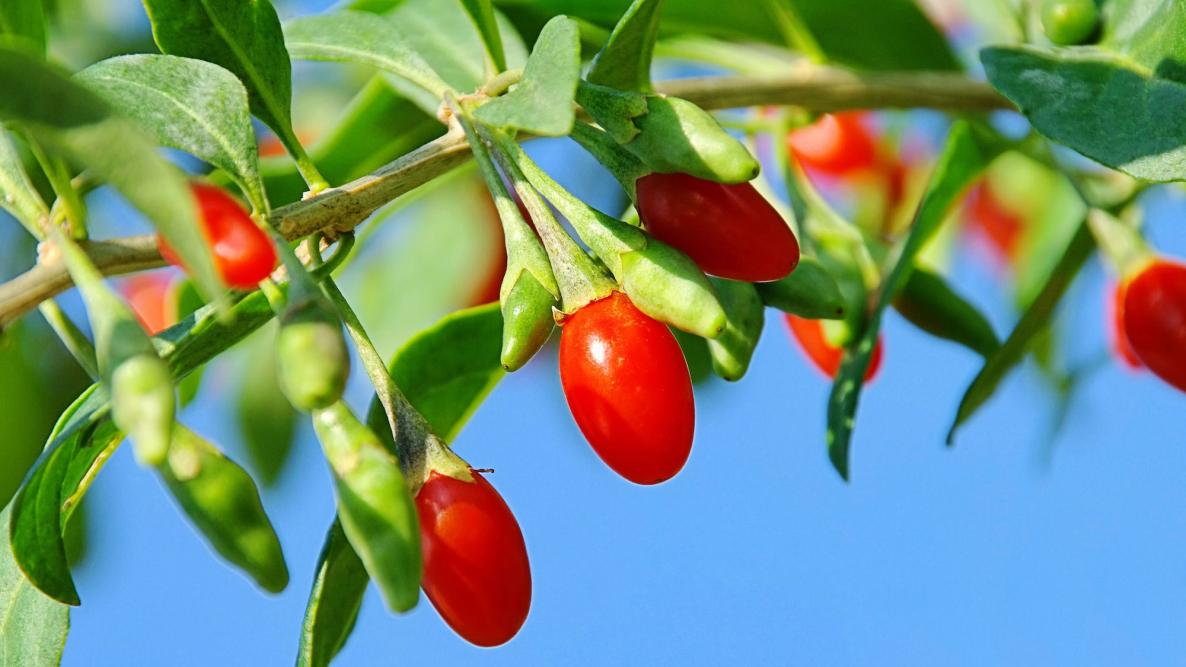
Growing Kiwis
Many people think of this small, flavorful fruit as tropical or citrus, but it’s not. Kiwis are a berry! The “northern kiwi” or “hardy kiwi” is cold-hardy and suitable down to zones 4 to 7.
The superfruit is truly a powerhouse of vitamins, minerals, and protective plant compounds that keep your heart and digestive system healthy. One kiwi is so packed with Vitamin C that it represents over 75% of an adult’s daily vitamin C requirement!
Kiwi fruit grows on vines and requires some space and, ideally, a fence to drape along. Learn more about planting and growing kiwi.
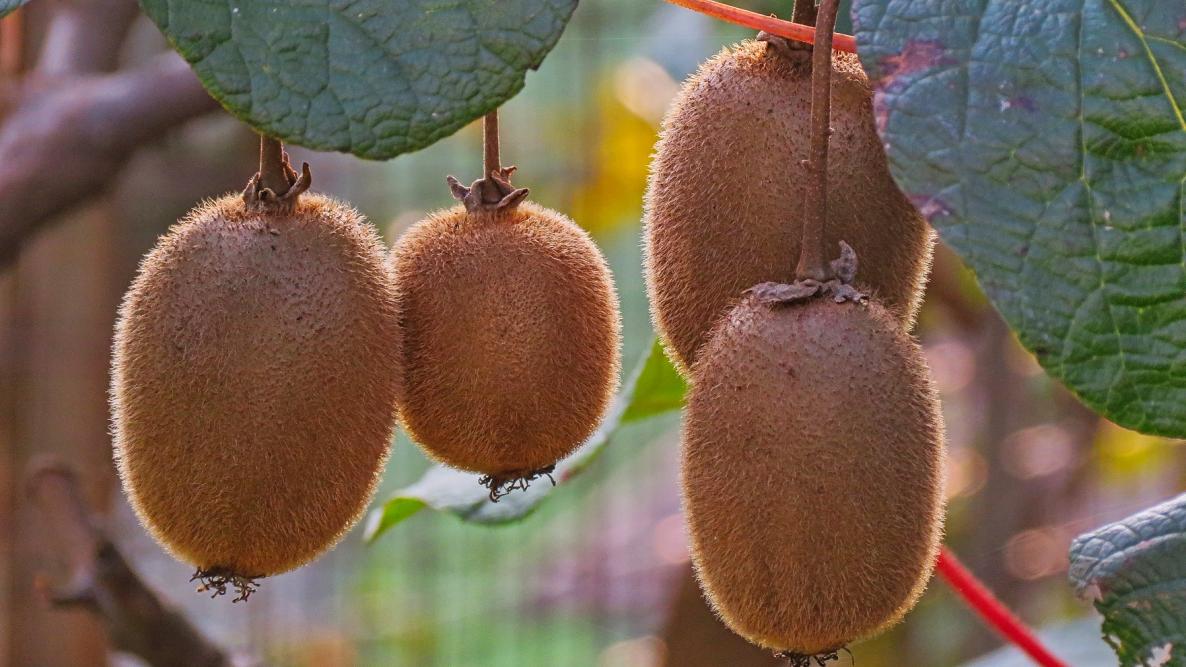
Growing Elderberries
Rich in flavor and a nutritional powerhouse, black-purple elderberries grow on flowering shrubs. Useful in both the landscape and the kitchen, this fuss-free, easy-to-grow shrub is a gardener’s dream.
The small dark berries have an earthy, tart flavor that adds richness to jams, sauces, and even wines. They are a fantastic source of vitamins A and C and are chock-full of antioxidants. Learn how to grow elderberry bushes in your backyard.
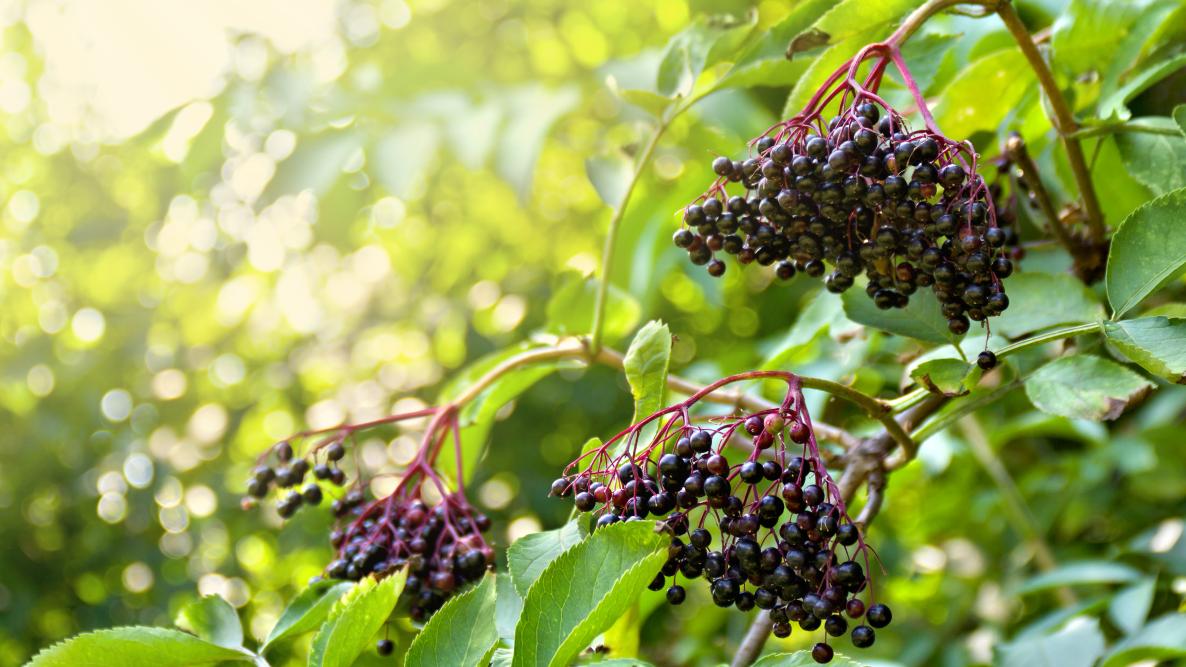
Growing Figs
The common fig tree (Ficus carica) is the most popular species of fig for home gardeners because its flowers do not require pollination to yield figs. Many varieties of the common fig tree exist, including hardy cultivars that can be grown outdoors in slightly cooler climates (Zones 6 and 7).
A fig can be eaten fresh from the tree, dried, or used in cooking. Flavorful figs are the unsung superheroes of fruits, rich in fiber, potassium, and manganese. A single fig is only 50 calories and provides higher mineral and fiber content than most fruits, nuts, or vegetables. Learn more about growing figs.
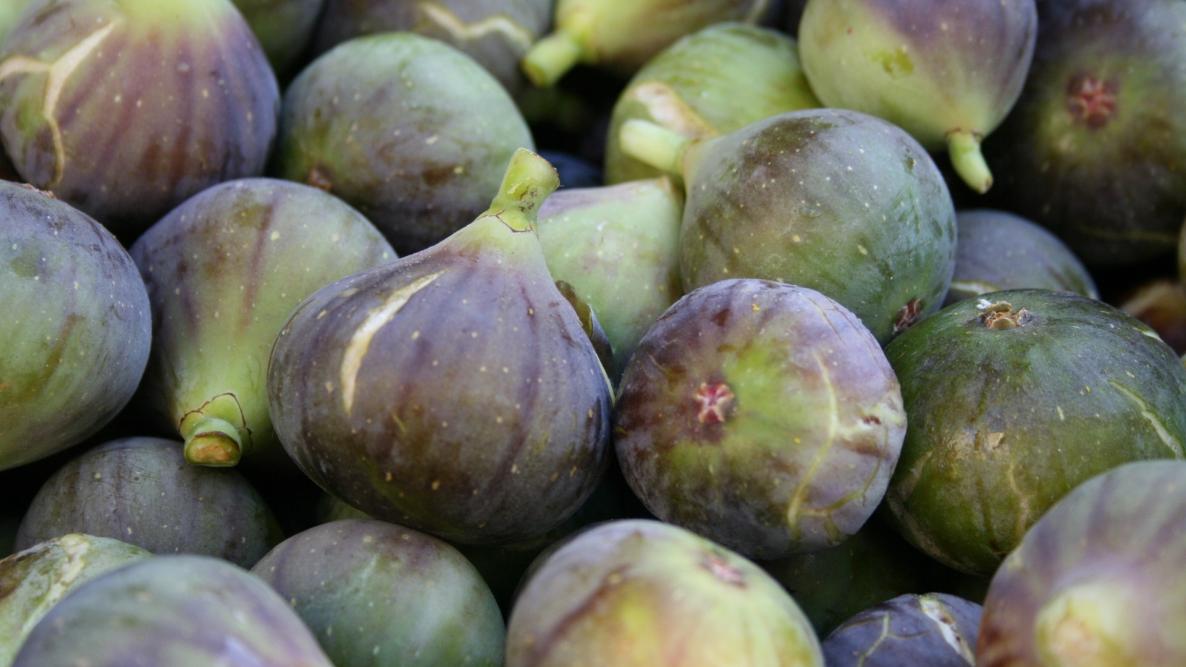
Growing Pomegranates
Plant pomegranate plants for their colorful fruit filled with juicy edible seeds, which are not only flavorful but high in nutrition.
Pomegranate plants are considered easy to grow. Pomegranates don’t require another variety as a pollinator buddy. They can be grown anywhere where they are hardy. For those of us who have colder weather, they can be grown in containers quite successfully.
The taste of a pomegranate is a balance of tart and sweet and is often described as being similar to a tart cherry or cranberry. The fruit can be enjoyed fresh, but it is also often made into a juice or drink.
These fruits have been studied for their health benefits, including the potential to reduce inflammation, lower the stress hormone cortisol, and even reduce blood pressure. Learn how to plant, grow, and harvest pomegranates.
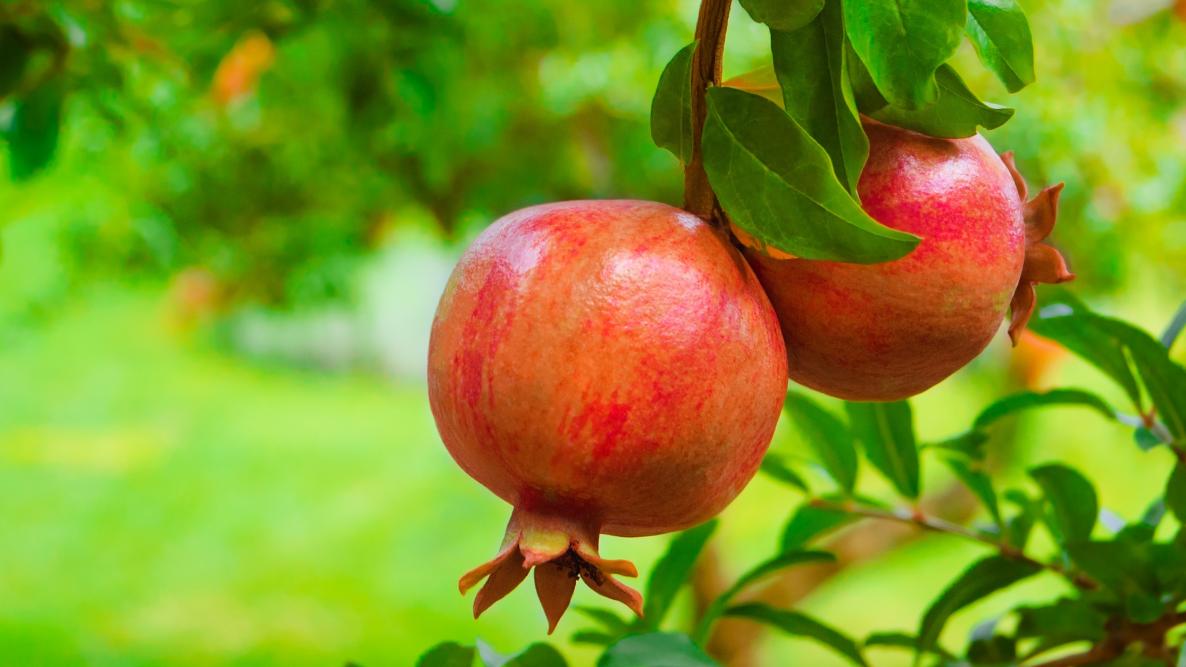
Regardless of your “picks” when it comes to these superfruits, you’ll find that their healthful, colorful bounty will enrich your diet, beautify your garden, and—we dare say—even bring a new sweetness to your life. Now, it’s time to go forth and be fruitful!















